
Atethmia centrago, the centre-barred sallow, is a moth of the family Noctuidae. The species was first described by Adrian Hardy Haworth in 1809. It is found in Europe except Scandinavia and Italy; also in Asia Minor, Armenia, Syria and Palestine.
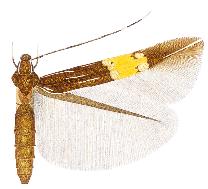
Cosmopterix astrapias is a moth of the family Cosmopterigidae. It is known from the United States, Argentina, Costa Rica, Jamaica, Mexico (Tabasco) and Puerto Rico.

Cosmopterix callichalca is a moth of the family Cosmopterigidae. It is known from Argentina (Salta), Brazil and the United States

Cosmopterix chisosensis is a moth of the family Cosmopterigidae. It is known from Argentina and the United States.

Cosmopterix clemensella is a moth of the family Cosmopterigidae. It is known from Canada and the United States.

Cosmopterix diaphora is a moth of the family Cosmopterigidae. It is known from the Federal District of Brazil and the states of Guerrero and Veracruz in Mexico.

Cosmopterix floridanella is a moth of the family Cosmopterigidae. It is found in the United States, the Cayman Islands, Cuba, Jamaica and the US Virgin Islands.
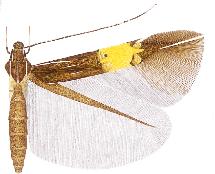
Cosmopterix iocaste is a moth of the family Cosmopterigidae. It is known from the Federal District of Brazil.
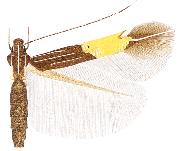
Cosmopterix langmaidi is a moth of the family Cosmopterigidae. It is known from Belize.
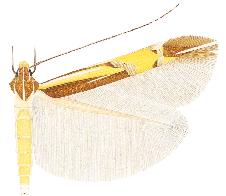
Cosmopterix madeleinae is a moth of the family Cosmopterigidae. It is known from the Galapagos Islands.
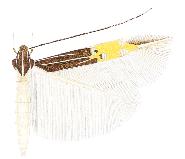
Cosmopterix minutella is a moth of the family Cosmopterigidae. It is known from Florida, United States.
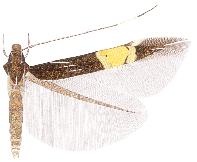
Cosmopterix navarroi is a moth of the family Cosmopterigidae. It is known from Tucumán, Argentina.

Cosmopterix nishidai is a moth of the family Cosmopterigidae. It is known from Costa Rica.
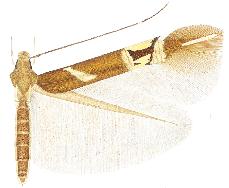
Cosmopterix nitens is a moth of the family Cosmopterigidae. It is known from the United States, where it is found from coastal South Carolina to south-western Texas. It is also established in Michigan.
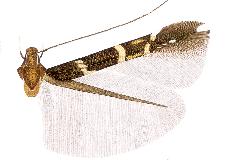
Cosmopterix nyctiphanes is a moth of the family Cosmopterigidae. It is known from Ecuador.

Cosmopterix pulchrimella, the beautiful cosmopterix moth, is a moth of the family Cosmopterigidae. It is known from the United States and Canada. It is also present in the Palearctic realm, where it is known from the Mediterranean Basin, from Portugal to the western Transcaucasus, north to Switzerland and Hungary. It has also been recorded from the Azores, the Canary Islands and Madeira. It has recently been found in southern England.
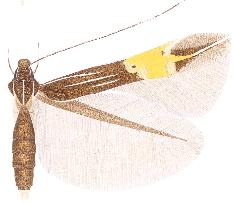
Cosmopterix saltensis is a moth of the family Cosmopterigidae. It is known from Salta, Argentina.

Cosmopterix similis is a moth of the family Cosmopterigidae. It is known from the US Virgin Islands and the British Virgin Islands (Guana).

Cosmopterix thelxinoe is a moth of the family Cosmopterigidae. It is known from Brazil and the United States.

Cosmopterix yvani is a moth of the family Cosmopterigidae. It is known from the Galapagos Islands.
